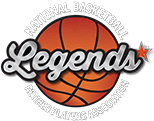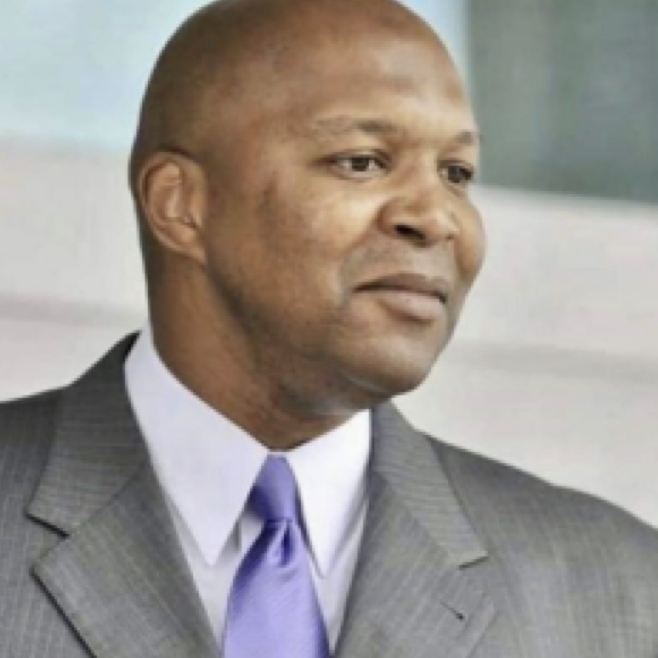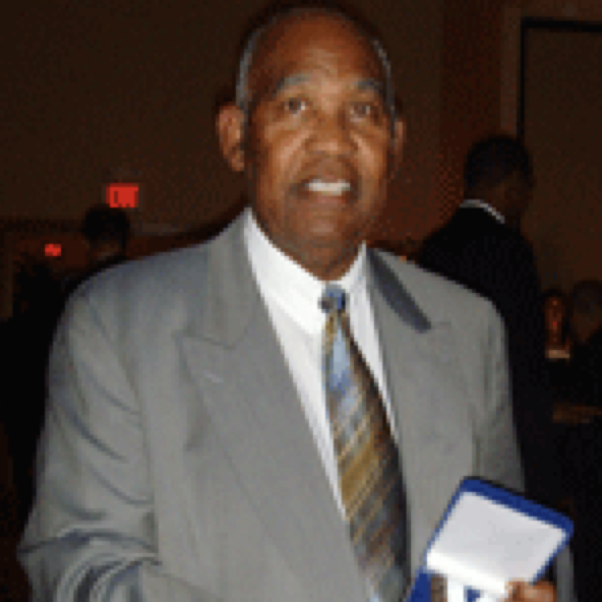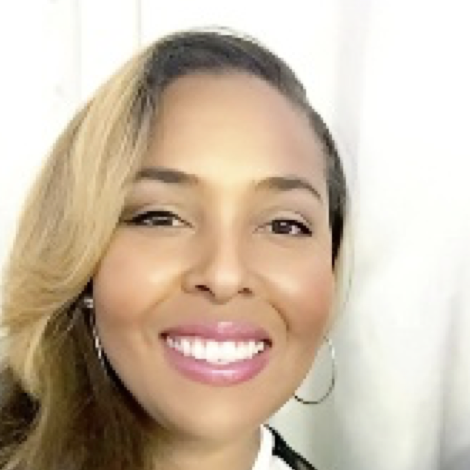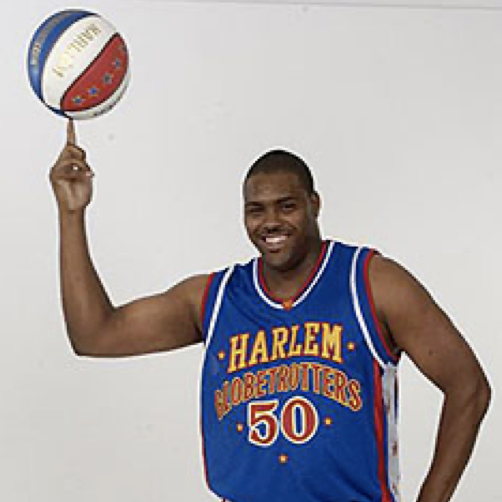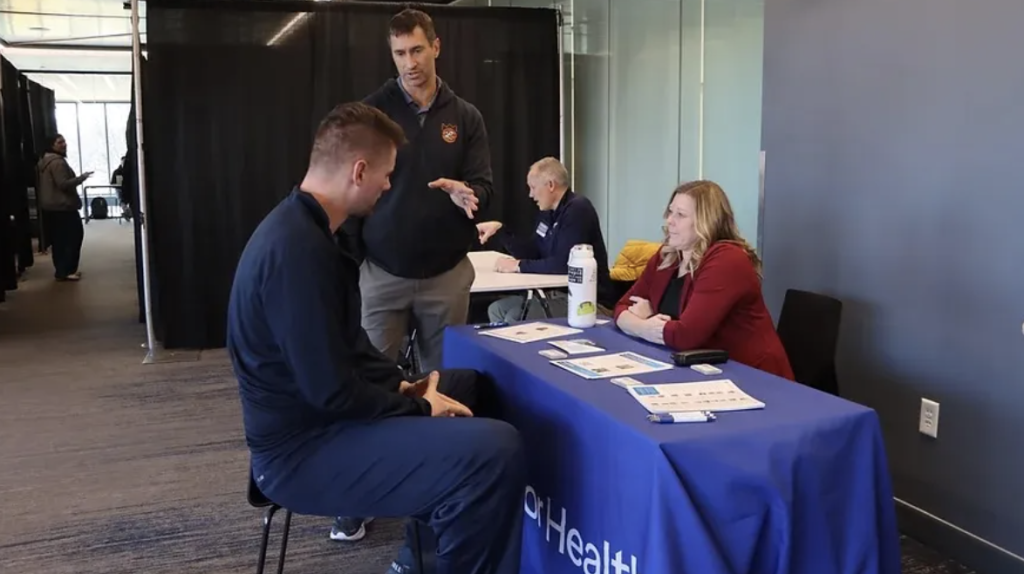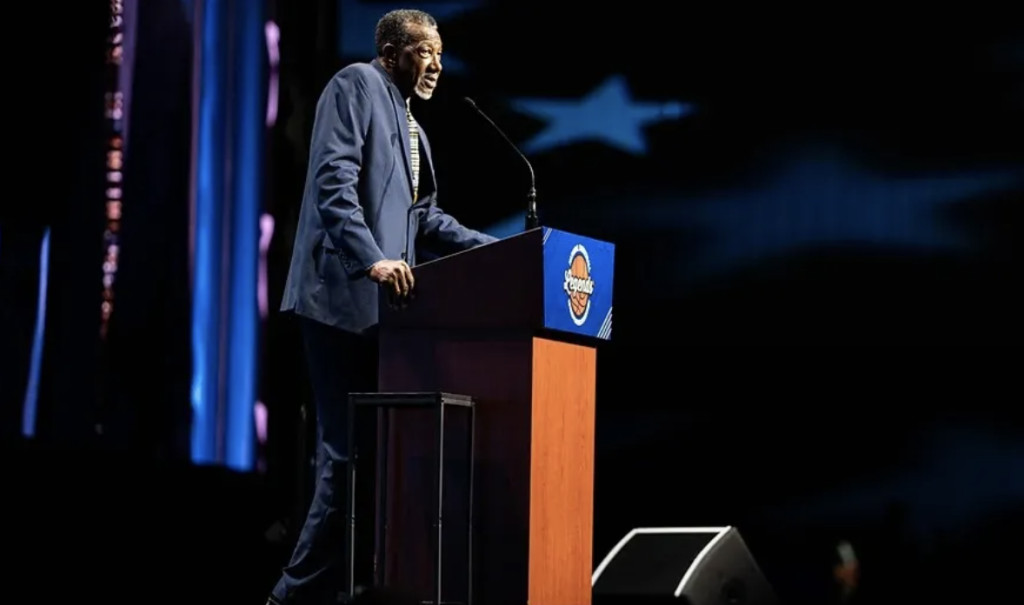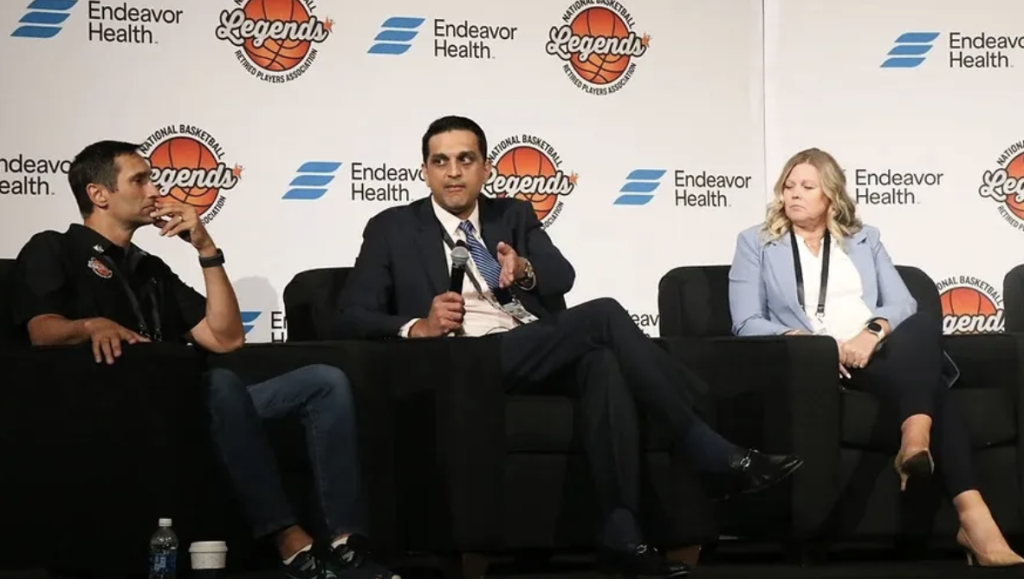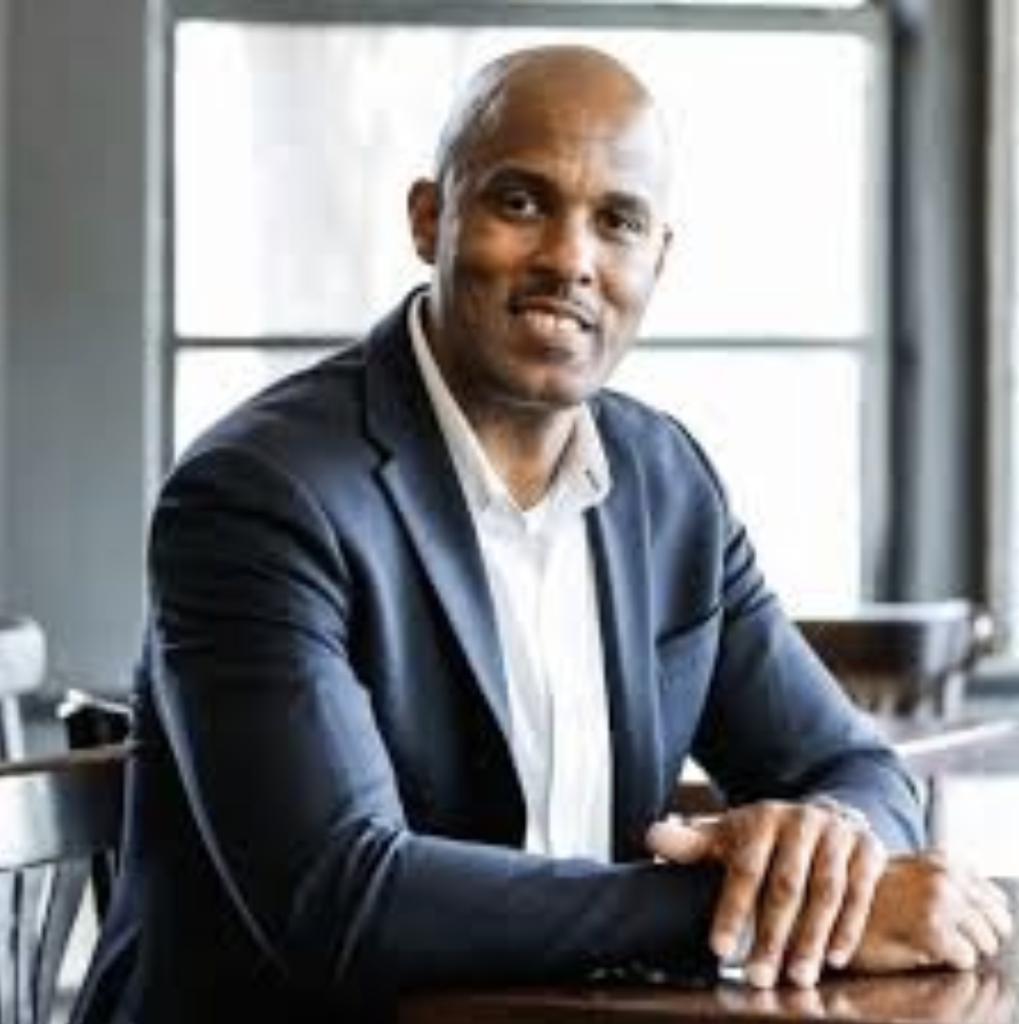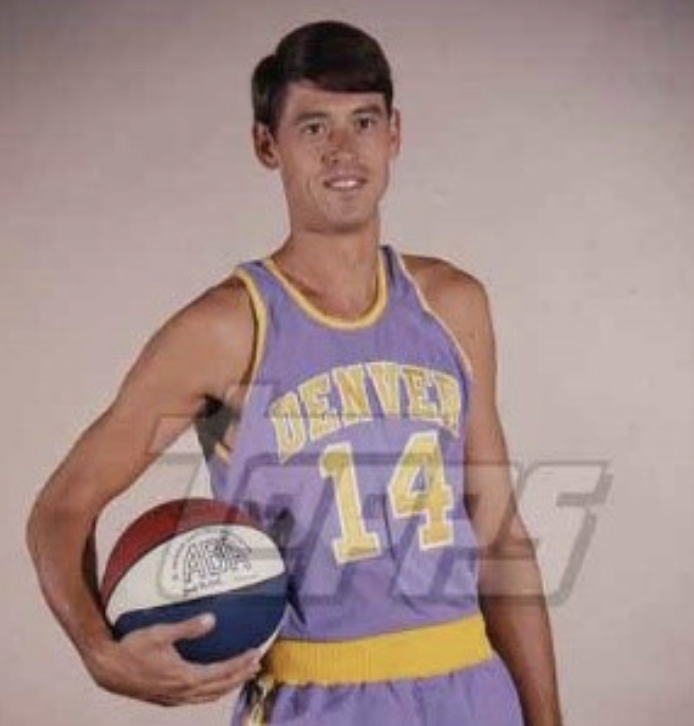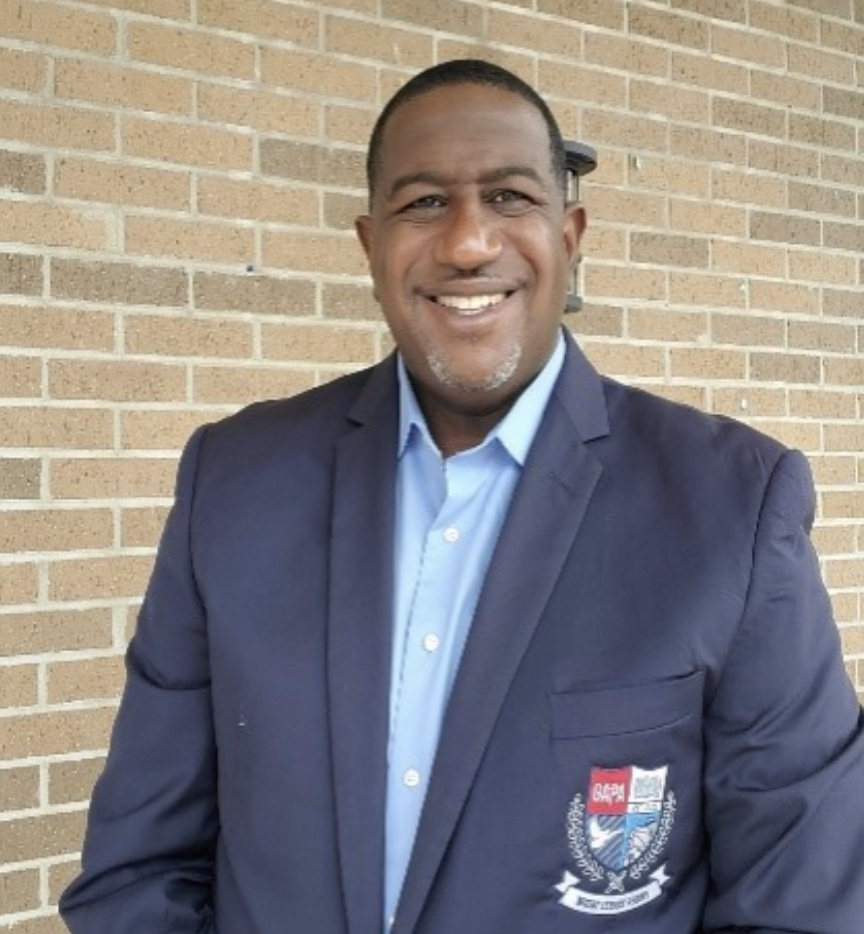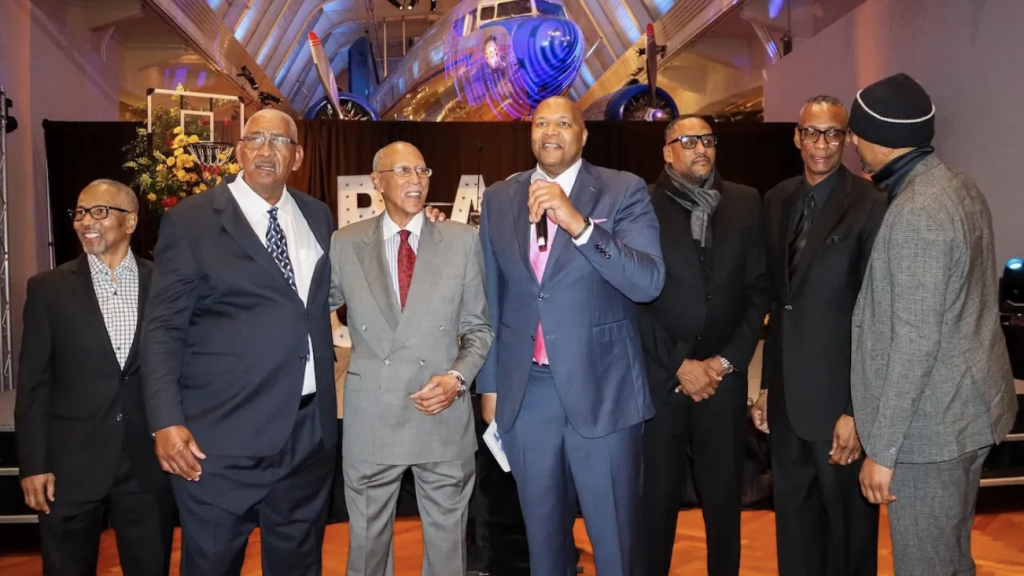CHICAGO, IL and NEW YORK, NY [November 13, 2025] –– The National Basketball Retired Players Association (NBRPA) today announced a historic partnership with the Harlem Globetrotters, honoring 100 years of basketball excellence, community impact, and cultural influence. This collaboration marks a powerful moment of unity between two storied basketball institutions committed to supporting former players and uplifting future generations. The Globetrotters Centennial season will begin with a special event at Madison Square Garden on Sunday, December 14. This milestone partnership — led by Charles “Choo” Smith, Chairman of the NBRPA, Keith Dawkins, President of the Harlem Globetrotters and Herschend Entertainment Studios, and Antonio Davis, President & CEO of the NBRPA — embodies the enduring spirit of teamwork, joy, and service that has defined the Globetrotter legacy for a century.
“Being part of the Harlem Globetrotter family taught me the power of connection,” said Charles “Choo” Smith, NBRPA Chairman. “This partnership continues that legacy — bringing together generations of players to serve and inspire. It’s about unity, honoring where basketball has taken us, and using our collective platform to impact the next generation.”
Antonio Davis, President & CEO of the NBRPA, added: “The Harlem Globetrotters have been cultural ambassadors and pioneers for basketball around the world. Partnering with them during their 100th anniversary is both an honor and a responsibility — one that reflects our shared mission to uplift, empower, and unite former players across every league.”
Keith Dawkins, President of the Harlem Globetrotters and Herschend Entertainment Studios, echoed this sentiment: “Our Centennial season brings about the opportunity to expand our relationships across the global sport of basketball. With the NBRPA, there’s not only a shared history and commitment to our athletes but also for about where we are going in the future. From community events to special projects to our massive global tour, we are looking forward to expanding the reach, and power, of our collective efforts to garner larger audiences around the world.”
The partnership between the two organizations symbolizes the alignment of two visionary leaders and CEOs united by a purpose-driven commitment to amplify basketball’s influence far beyond the court.
Through this collaboration, the NBRPA and Harlem Globetrotters will launch a yearlong celebration highlighting the Globetrotters’ 100-year legacy, including:
• National Events & Appearances: Joint appearances at community and league events featuring former Globetrotters and other Legends of Basketball.
• Storytelling & Content Series: Digital and social campaigns celebrating Globetrotter alumni and the organization’s trailblazing role in sports and entertainment.
• Legends Care Initiatives: Programs designed to support former Globetrotter players with resources in health, education, and career development.
• Youth Engagement & Clinics: Basketball clinics, mentorship opportunities, and educational activations emphasizing leadership, sportsmanship, and inclusion.
Together, the NBRPA and Harlem Globetrotters will honor the past while building a future rooted in legacy, community, and opportunity — ensuring that the joy of the game and its life-changing impact continue for the next 100 years. As both organizations look ahead, this partnership symbolizes a new chapter of basketball unity — one where every player, regardless of league, is celebrated for their impact on and off the court.
About the National Basketball Retired Players Association:
The National Basketball Retired Players Association (NBRPA) is comprised of former professional basketball players from the NBA, ABA, WNBA and Harlem Globetrotters. It is a 501(c) 3 organization with a mission to develop, implement and advocate a wide array of programs to benefit its members, supporters and the community. The NBRPA was founded in 1992 by basketball legends Dave DeBusschere, Dave Bing, Archie Clark, Dave Cowens and Oscar Robertson. The NBRPA works in direct partnerships with the NBA and the National Basketball Players Association. Legends Care is the charitable initiative of the NBRPA that positively impacts youth and communities through basketball. Antonio Davs is President and CEO, and the NBRPA Board of Directors includes Chairman of the Board Charles “Choo” Smith, Vice Chairman Shawn Marion, Treasurer Nancy Lieberman, Secretary CJ Kupec, Mike Bantom, Rushia Brown, Ronald Dupree, Bob Elliott, Eddie Gill, Spencer Haywood, Major Jones, and Sedric Toney.
Learn more at www.legendsofbasketball.com. To follow along with the NBRPA, find them on social media at @NBAalumni on Instagram, X, Facebook, LinkedIn, TikTok, and YouTube.
ABOUT THE WORLD-FAMOUS HARLEM GLOBETROTTERS™ / HERSCHEND ENTERTAINMENT STUDIOS
Now entering their Centennial season, The Harlem Globetrotters™ are THE originators of applying sport to deliver goodwill, excitement, showmanship, and athleticism to a global audience every year. Since 1926, with a legacy of elite talent that has included many of the greatest stars of men’s and women’s basketball from HBCU’s to Division I, II, III, NAIA, The NBA, and the WNBA, the Globetrotters are the first team ever inducted into the Naismith Memorial Basketball Hall of Fame. They have utilized their talents to showcase their iconic brand of basketball to tens of millions in over 124 countries and territories across six continents.
Never ones to stop innovating, the award-winning organization, which has over 80 Guinness World Records, the most of any professional sports team, has expanded its media footprint to make their content available to fans new and old on whatever platform they choose, from EMMY nominated broadcast shows, specials, and feature films, to their own FAST channel, as well as reimagining the memorabilia and collectible space through a new partnership with cllct, and with uniforms and other special apparel created by legendary designer, Jeff Hamilton. Content partners include: Hidden Pictures, Aspire TV, Vantage Studios and Hearst Media Production Group; commercial partnerships and consumer products include Zara, EQL, IMG, Jerry Leigh, OVO, Shoe Palace, Philcos, and Excel Sports as well as the official ball partner, Spalding and Exxact Sports. Coined by the U.S. State Department in 1951 as Ambassadors of Goodwill, and now serving The Official Ambassadors of Goodwill for the United Nations as well, the team leverages their moniker to drive its Corporate Social Responsibility (CSR) efforts globally around their strategic pillars of Health & Wellness, Education, and Community Empowerment. These efforts have yielded partnerships with the likes of Microsoft, U.S. State Department Sports Diplomacy, United Nations: Food & Agricultural Organization, and Operation Homefront.
For more information about the Harlem Globetrotters™ and the Tour, visit their official website: www.harlemglobetrotters.com. The Harlem Globetrotters™ is a subsidiary of Herschend, the largest family-owned themed attractions company.
MEDIA CONTACTS:
Erin Law, elaw@legendsofbasketball.com / 651-442-2565
Mirian Arias, Mirian.arias@harlemglobetrotters.com / 917-834-6293
Joe Favorito, joefavorito2@gmail.com / 917-566-8345
